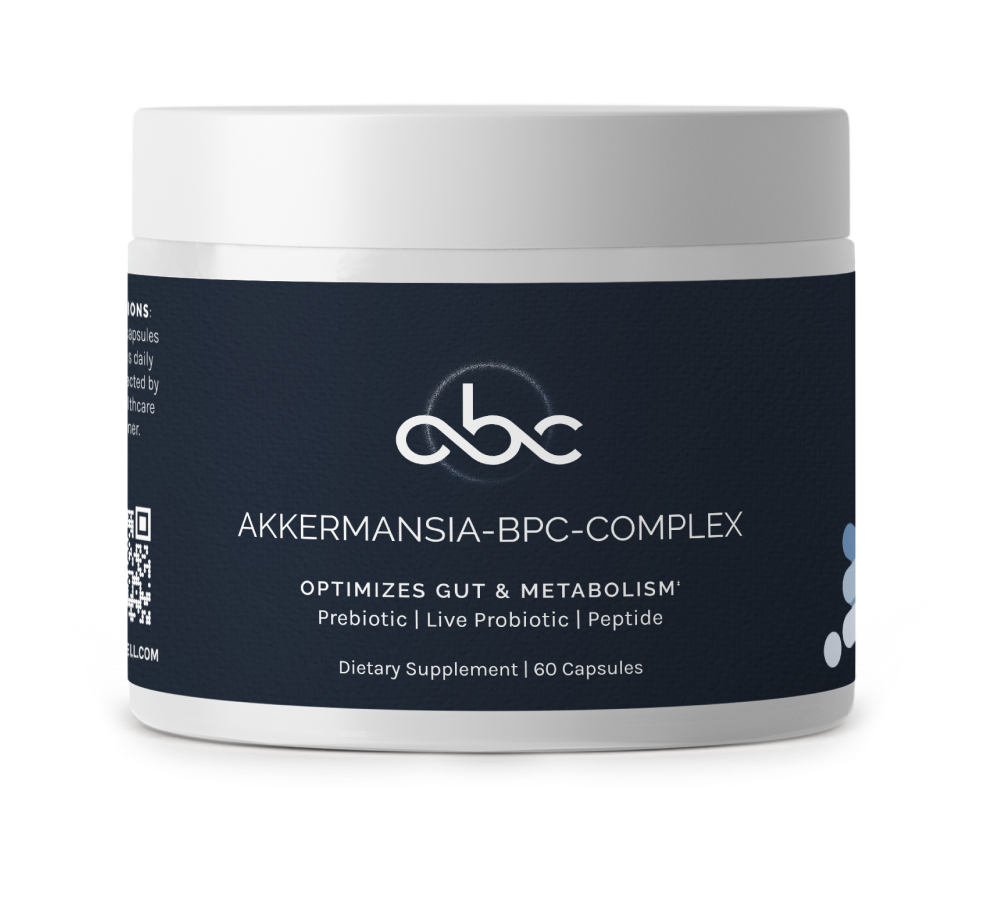L-ergothioneine is a naturally occurring amino acid derivative that accumulates within cells, particularly in mitochondria. Mitochondria are cellular organelles known as the powerhouses of the cell, responsible for generating energy in the form of adenosine triphosphate (ATP) through oxidative phosphorylation.
The accumulation of L-ergothioneine within the mitochondria is due to a specific transporter protein known as OCTN1 (organic cation/carnitine transporter 1). This transporter is responsible for shuttling L-ergothioneine into the cell and, notably, into the mitochondria, where it tends to accumulate due to the mitochondrial matrix's negative charge, favoring the retention of the positively charged L-ergothioneine.
Mitochondria are particularly susceptible to oxidative damage due to their role in energy production, which generates reactive oxygen species (ROS) as natural byproducts. Accumulation of ROS can lead to oxidative stress and potential damage to mitochondrial DNA, proteins, and lipids, impacting overall mitochondrial health and cellular function. And as we all know, this can manifest over time into commonly seen clinical conditions such as diabetes/insulin resistance,1 cardiovascular disease 2 and neurodegenerative diseases, such as (but not limited to) Alzheimer’s and Parkinson’s disease.3
And it just so happens that the last one, the neurodegenerative diseases, have garnered much attention when it comes to ergothioneine. One study published earlier this year looked at the cytoprotective impact of ergothioneine on human brain endothelial cells when in the presence of 7-ketocholesterol (7KC). Before we jump into that, let’s review what 7KC is, where it comes from and how it can impact neurons.
7-Ketocholesterol is an oxysterol formed by cholesterol autoxidation. It has been identified at elevated levels in the body fluids and/or target tissues of patients suffering from age-related diseases (cardiovascular, brain, and eye diseases) as well as in patients who have developed ‘civilization’ diseases (type 2 diabetes, bowel diseases, and metabolic syndrome). The direct involvement of increased levels of 7KC in the pathophysiology of this wide range of diseases is widely suspected. In fact, 7KC has been observed to induce oxidative stress, inflammation, and cellular degeneration when higher than normal; all of these underlying processes are common features of the list of diseases previously mentioned.4
So the 2023 article outlines the targeted role ergothioneine has on brain endothelial tissue when exposed to 7KC.5 The article stated, ‘Exposure of human brain endothelial cells to 7KC led to a loss of cell viability, together with an increase in intracellular free calcium levels, increased cellular and mitochondrial reactive oxygen species, a decrease in mitochondrial membrane potential, reductions in ATP levels, and increases in mRNA expression of TFAM, Nrf2, IL-1β, IL-6 and IL-8.’ All of these markets were significantly decreased by ergothioneine. And the manner in which the transporter that ushers ergothioneine into the mitochondria was confirmed was that certain cells that were also exposed to verapamil hydrochloride (VHCL), a known inhibitor of the OCTN1 transporter, which dramatically reduced the efficacy of ergothioneine. The article concluded that, ‘ET-mediated protection against 7KC-induced mitochondrial damage occurred intracellularly and not through direct interaction with 7KC. OCTN1 mRNA expression itself was significantly increased in endothelial cells after 7KC treatment, consistent with the notion that stress and injury may increase ET uptake. Our results indicate that ET can protect against 7KC-induced mitochondrial injury in brain endothelial cells.’.
If 7KC is implicated in every major disease process and is a known inducer of oxidative stress, inflammation and cellular degeneration and ergothioneine has the potential to offset these detrimental effects. This is further substantiation that compounds like ergothioneine are key to longevity protocols and should be considered when dealing with patients suffering from all of the major degenerative diseases we see in practice.
Reference:
- Sergi D, Naumovski N, Heilbronn LK, Abeywardena M, O'Callaghan N, Lionetti L, Luscombe-Marsh N. Mitochondrial (Dys)function and Insulin Resistance: From Pathophysiological Molecular Mechanisms to the Impact of Diet. Front Physiol. 2019 May 3;10:532. doi: 10.3389/fphys.2019.00532.
- Yang J, Guo Q, Feng X, Liu Y, Zhou Y. Mitochondrial Dysfunction in Cardiovascular Diseases: Potential Targets for Treatment. Front Cell Dev Biol. 2022 May 13;10:841523. doi: 10.3389/fcell.2022.841523.
- Zhang X, Wang L, Li B, Shi J, Xu J, Yuan M. Targeting Mitochondrial Dysfunction in Neurodegenerative Diseases: Expanding the Therapeutic Approaches by Plant-Derived Natural Products. Pharmaceuticals. 2023; 16(2):277. https://doi.org/10.3390/ph16020277
- Ghzaiel, I., Sassi, K., Zarrouk, A., Ghosh, S., Dias, I. H. K., Nury, T., Ksila, M., Essadek, S., Tahri Joutey, M., Brahmi, F., Mihoubi, W., Rup-Jacques, S., Samadi, M., Rezig, L., Meziane, S., Ghrairi, T., Masmoudi-Kouki, O., Hammami, S., Nasser, B., Hammami, M., Wang, Y., Griffiths, W. J., Vejux, A., & Lizard, G. (2022). Sources of 7-ketocholesterol, metabolism and inactivation strategies: food and biomedical applications. Redox Experimental Medicine, 2022(1), R40-R56. Retrieved Nov 8, 2023, from https://doi.org/10.1530/REM-22-0005
- Leow DM-K, Cheah IK-M, Fong ZW-J, Halliwell B, Ong W-Y. Protective Effect of Ergothioneine against 7-Ketocholesterol-Induced Mitochondrial Damage in hCMEC/D3 Human Brain Endothelial Cells. International Journal of Molecular Sciences. 2023; 24(6):5498. https://doi.org/10.3390/ijms24065498











